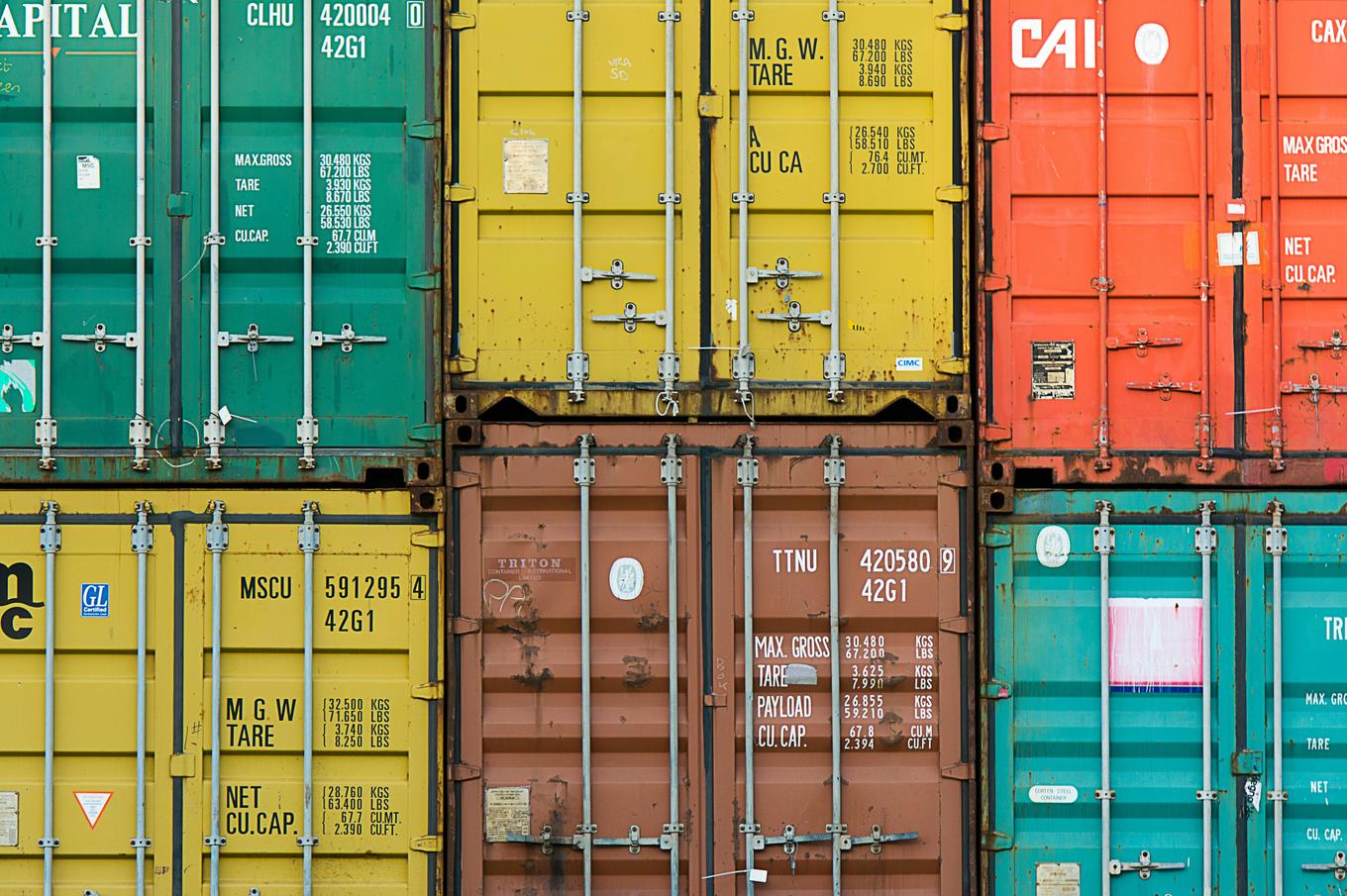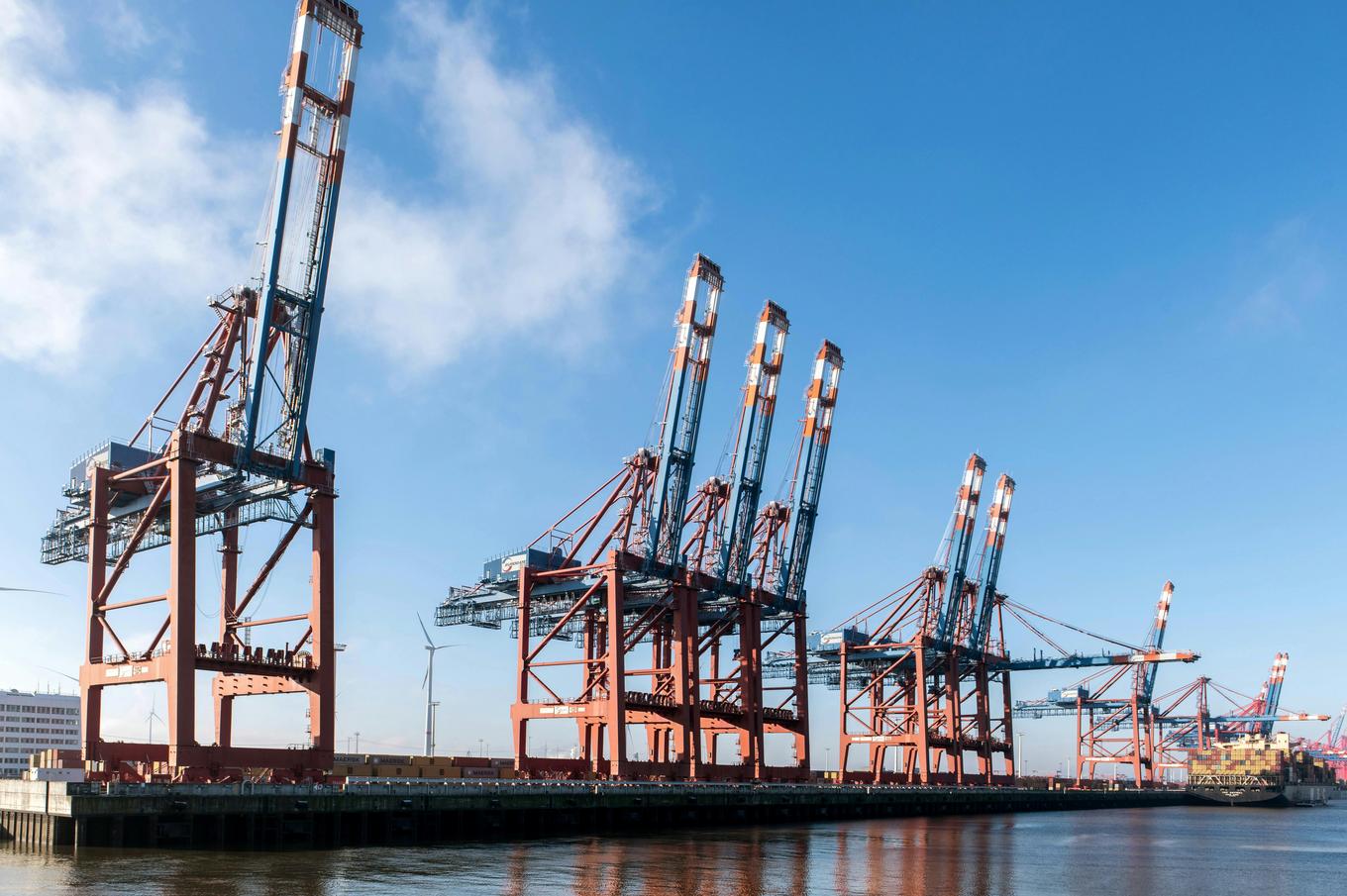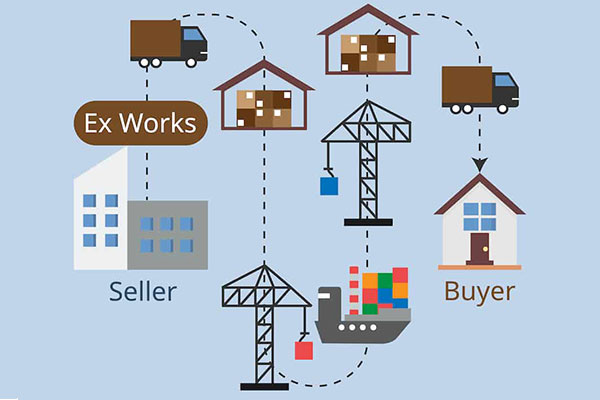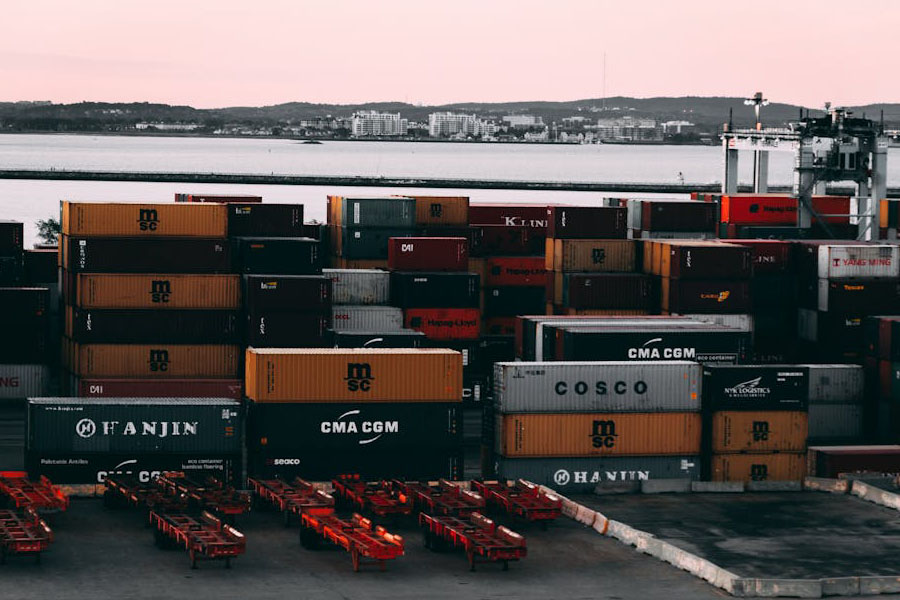- Shanghai Zhongshen International Trading Co., Ltd. – Your reliable partner with 20 years of import/export agency service expertise.
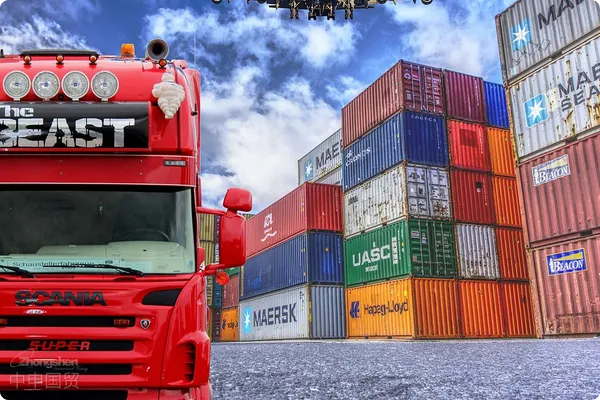
I. Which types of enterprises must use itExport Agent Services?
According to the data in the 2025 International Trade Service White Paper, the success rate of the following five types of enterprises using export agents is 63% higher than that of self - export:
- Start - up small and medium - sized enterprises: Lack of a completeImport and exportqualification and customs declaration team, especially enterprises with an annual export volume of less than $5 million
- Exporters of specially regulated goods: InvolveMedical Devices, chemical products, food, etc., industries that require special certification
- Multi - country market pioneers: Simultaneously exploring markets in more than 3 countries and need to handle compliance requirements in different customs tariff zones
- Cross-border E-commerceTransforming enterprises: Shifting from B2C to B2B trade and need to establish a formal import and export channel
- Technology?Equipment Export?providers: Involve complex financial arrangements such as export credit and medium - to - long - term payments
III. How to evaluate whether an export agent is needed?
The service value of professional export agents is reflected in four core dimensions:
- Improvement of customs clearance efficiency: On average, the customs clearance time is shortened by 48% (2025 customs data)
- Optimization of logistics costs: Reduce international freight by 20% - 35% through economies of scale
- Control of capital risks:
- ?L/C?Professional document review
- Hedging of exchange rate fluctuations
- Trade financing channels
- Legal and compliance guarantee: Real - time update of trade control policies in over 200 countries around the world
IV. Five golden standards for choosing an export agent
Enterprises can adopt the four - dimensional evaluation model (2025 version):
- Business scale dimension: It is recommended to use if the annual export container volume exceeds 50 TEU
- Talent reserve dimension: Whether there are full - time personnel proficient in INCOTERMS?2025
- Risk tolerance dimension: Whether it can bear the average cost of violation penalties of $127,000
- Market expansion dimension: The probability of using an agent for the first order in a new market is 89%
IV. Five Golden Standards for Choosing an Export Agent
- Qualification review: Must hold the AEO advanced certification enterprise qualification
- Service network: Have its own customs clearance team in the target market
- Industry expertise: The number of successful export cases of specific goods ≥ 20
- Technical system: Provide a real - time visual digital customs platform
- Emergency Response Capability: A response mechanism to solve sudden customs clearance problems within 72 hours
V. How is the export agency service fee calculated?
In 2025, the mainstream charging models show three trends:
- Step - by - step service fee: First - container basic fee + incremental decreasing mode
- Risk - sharing model: Customs clearance time limit deposit system
- Digital package: Include value - added services such as electronic customs declaration and intelligent classification
Enterprises are advised to require agents to providea detailed quotation list, and pay special attention to hidden cost items: such as anti - dumping investigation response fees at the port of destination, classification dispute settlement fees, etc.
VI. Common misunderstandings and risk warnings
- Myth 1:"Building an in-house team is more cost-effective than hiring an agency"—overlooking hidden costs (employee turnover, training expenses).
- Myth 2:"All agents can handle special goods" — specific category operation records must be verified.
- Since January 2025, Russia has made it mandatory to register for EPR (Extended Producer Responsibility): In 2025, key monitoring will target "fake export transactions" and other gray operations, with compliance costs rising by 300%.
Resources
Contact Us
(+86) 139 1787 2118
Email: service@sh-zhongshen.com
Email: service@sh-zhongshen.com
Related recommendations
Contact via WeChat

? 2025. All Rights Reserved.
